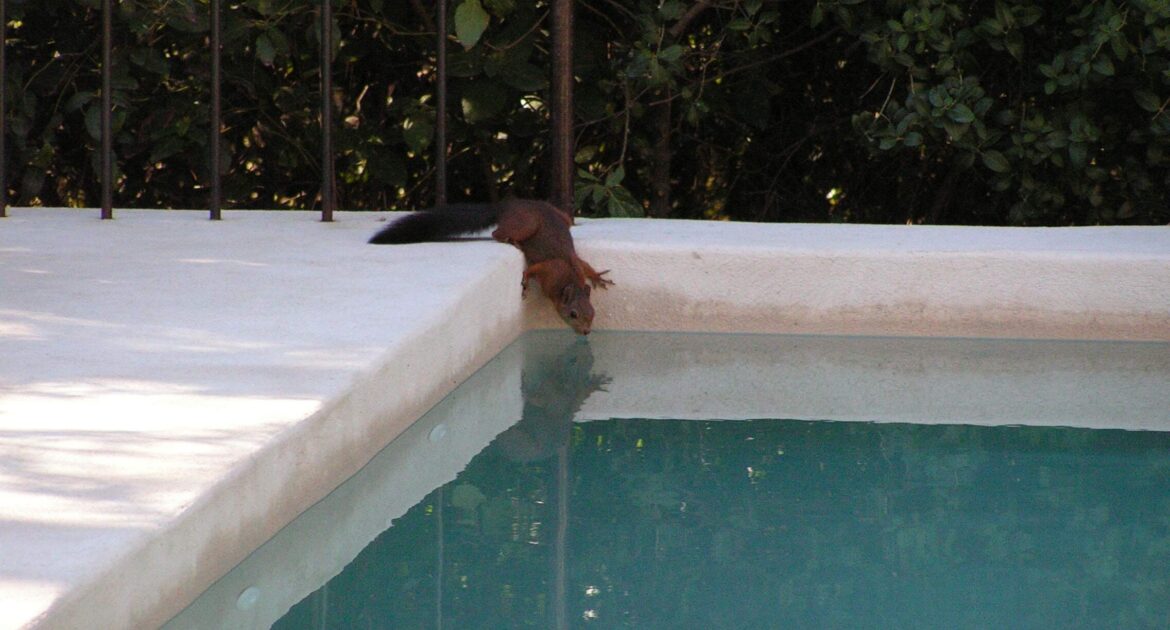Wildlife is magnificent. Many people buy homes because of the proximity to nature and the wildlife that might be seen. Experiencing all that nature has to offer is a wonderful way to spend your extra time at home. However, if you are experiencing nature from inside your house with unwanted wildlife guests indoors, the experience is not so pleasant. To detect certain wildlife looking to nest inside your home for the cooler months, be sure to train yourself to recognize the common signs of nearby wildlife. If you think that wildlife is too close for comfort, contact professional wildlife control in Montreal to evaluate the situation.
Common Signs of Wildlife
It is essential to differentiate between keeping yourself apprised of your surroundings and neighbours and being a nosy neighbour who butts where they shouldn’t; most everyone has experienced the difference. To avoid being the latter, you simply want to identify your wildlife neighbours without being a nuisance yourself. Only when you think their presence could become a problem is when you should contact professionals. After all, you moved into their neighbourhood.
Droppings
The first thing you may notice is droppings. If you have a pet that also disposes of their waste outdoors, identifying different types of feces is likely not what you’ll spend your time doing. Don’t worry; your pet will do it for you. When a strange animal enters the area and disposes of its waste, your pet will sniff it out right away. Unfortunately, they may also try to eat it. Stay close to your pet if you see that they are running to one area of the yard and rooting in the grass repeatedly.
Piles
In addition to piles of waste, wildlife is notorious for being messy in other ways. All different kinds of wildlife like to pile their wares. Depending on the season, they may be piling for upcoming births or piling food for storage, or piling up dirt and rocks to help cover the entrance to their burrow. Some wildlife likes to hoard any great number of items just so long as they’re shiny.

Nesting
Animals are private about nesting. This practice of privacy is to help keep their young safe until they are grown enough to leave the nest or burrow. However, sometimes what you consider safe and what an animal may think is safe don’t mesh. Birds, for example, will build nests in doorways or wreaths of front doors that frequently are opened. Rather than damage the nest, this is an example of when to call humane wildlife control in Montreal for removal.
Damages
When the winter months approach, wildlife will seek shelter if they do not migrate or hibernate. Many animals ride out the cold winter months by finding safe refuge in the fall to return to all winter long. If your house was the first choice for a wildlife winter shelter, you might notice signs of damage around the exterior of your home. Look for claw marks or small holes. Loose flashing on the roof may also be a problem. If you locate any paw prints on windows or doors, you can be sure that some wildlife is sniffing around for something inside. Rather than risk it, try to document the prints to share with professionals. Then, be sure to have your home evaluated for signs of wildlife damage or unsealed entry points.
When It’s a Problem
Touching wildlife or trying to handle the removal process on your own can be dangerous. No animals set out to hurt you, but they can become startled and often carry parasites and some illnesses. To avoid any wildlife mishaps, contact the professionals at Skedaddle Humane Wildlife Control in Montreal.




